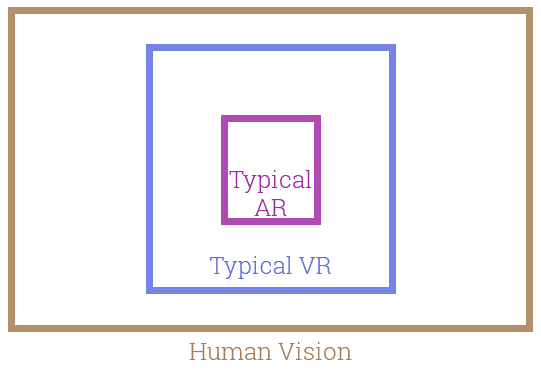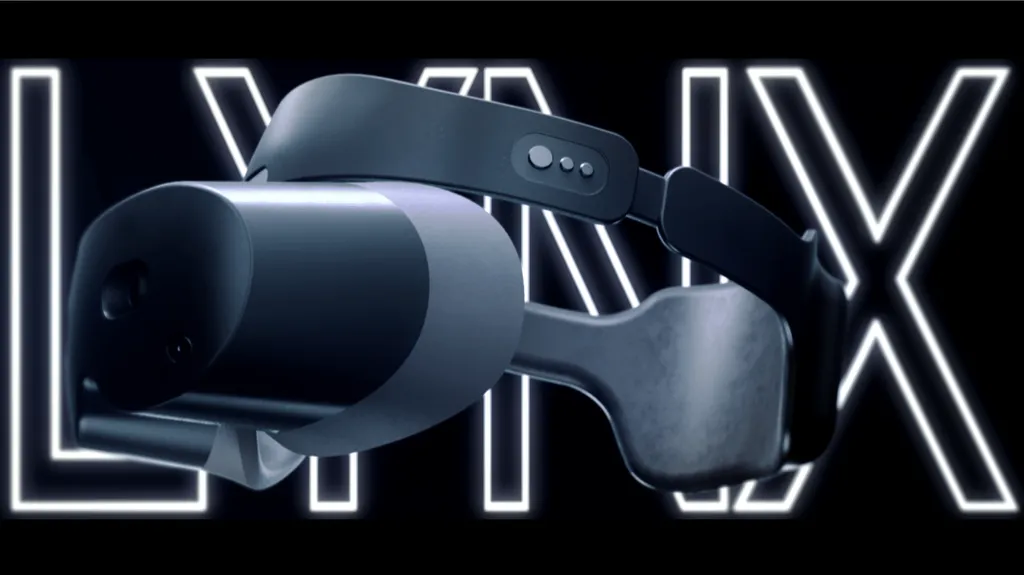LYNX-R1, from France-based startup Lynx, is the first 6DoF standalone passthrough video AR headset. It is priced at $1499, targeted at “professionals”.
Passthrough AR
There are currently two fundamental types of AR headsets: see-through and passthrough. Most AR headsets, such as Microsoft’s HoloLens 2, are see-through. The user views the real world through the glass directly, with virtual objects superimposed onto that glass.
The technology behind see-through AR optics is still in the very early stages. The field of view is narrow and virtual objects cannot be fully opaque.

Passthrough headsets, like LYNX-R1, use the same kind of display system as VR headsets, except instead of rendering an entirely virtual world they display the real world via cameras. While the real world won’t necessarily look as good, this allows for AR across a much wider field of view, as well as full virtual object opacity and lower cost (HoloLens 2 is priced at $3500).
Some, including Lynx, call this kind of product a “mixed reality headset”.
Fully Standalone
LYNX-R1 is not the first passthrough AR headset. Varjo XR-1 and XTAL both promote similar capabilities, as was the Vrvana Totem acquired by Apple.
But other 6DoF passthrough headsets have to be tethered to a PC in order to function. Like the Oculus Quest, LYNX-R1 is standalone and wireless — it has the computing hardware, battery, and storage onboard.

Lynx is using Qualcomm’s new Snapdragon XR-2 chipset. That’s a for-XR variant of the Snapdragon 865, roughly twice as powerful as the Oculus Quest’s Snapdragon 835. This is paired with 6GB of RAM and 128GB of onboard storage.
Other Specifications
The headset uses dual 1600×1600 LCD panels running at 90Hz- LCD provides better sharpness than PenTile OLED, but with less rich colors. The lenses are unique “4-fold catadioptric freeform prisms” with a claimed circular field of view of 90°.

There are four cameras on the exterior. Two black & white cameras provide positional tracking, and two color cameras are used for the passthrough and computer vision tasks such as occlusion mapping and hand tracking, including gesture recognition.
Inside the headset are eye tracking cameras. The headset also has two speakers and two microphones, enabling positional audio and voice communications.

Charging is done via the USB Type-C port, and Lynx claims the battery lasts for two hours of “active use”.
Gap In The Market?
LYNX-R1 could fill a gap in the enterprise market for a wireless, standalone AR headset which offers a relatively wide field of view for a relatively affordable price. For consumers, the idea of video passthrough may be unappealing, but professionals might not care whether they’re looking through glass or a camera.

LYNX-R1 is slated to ship in summer of this year. Preorders are available now from the company’s website.


























